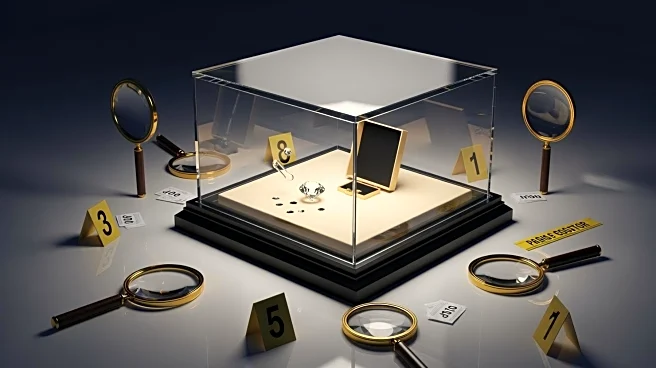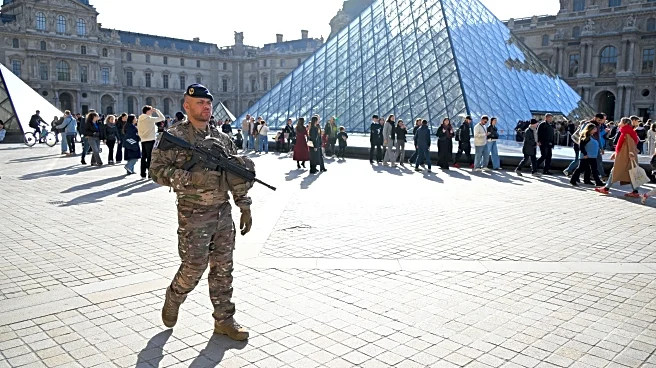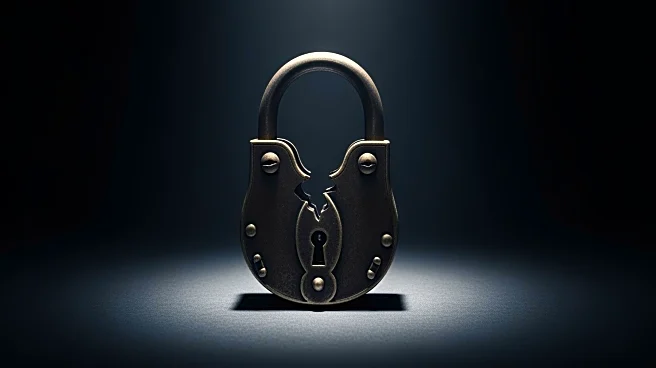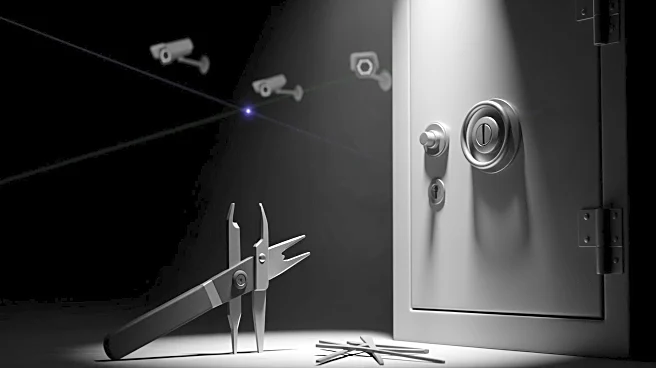What's Happening?
Five additional suspects have been arrested in connection with the October 19 jewel heist at the Louvre Museum, according to Paris Prosecutor Laure Beccuau. The arrests occurred in the Seine-Saint-Denis
region, but the stolen jewelry remains missing. One suspect's DNA was found at the crime scene, making him a key person of interest. The theft involved thieves using a truck-mounted cherry picker to steal eight pieces of royal jewelry, valued at $102 million. Investigators are still determining whether there was insider involvement at the Louvre, as the thieves appeared to have detailed knowledge of the museum's layout.
Why It's Important?
The theft of crown jewels from the Louvre Museum has raised significant concerns about security at major cultural institutions. The incident highlights vulnerabilities in museum security, prompting discussions on how to better protect valuable artifacts. The arrests may provide crucial information about the criminal network involved, potentially leading to the recovery of the stolen jewels. The case has attracted international attention, emphasizing the importance of safeguarding cultural heritage and influencing security policies at museums worldwide.
What's Next?
Authorities continue to search for the missing jewels and investigate the possibility of a larger network involved in the theft. The recent arrests may offer new leads and insights into the criminal operation. Museums, including the Louvre, may face increased pressure to enhance security measures and prevent future thefts. The investigation could lead to policy changes in museum security, impacting practices and standards globally. Efforts to recover the stolen items and bring all involved parties to justice are likely to continue.












